John Bates, fashion designer known as Jean Varon who kitted out Diana Rigg for The Avengers – obituary
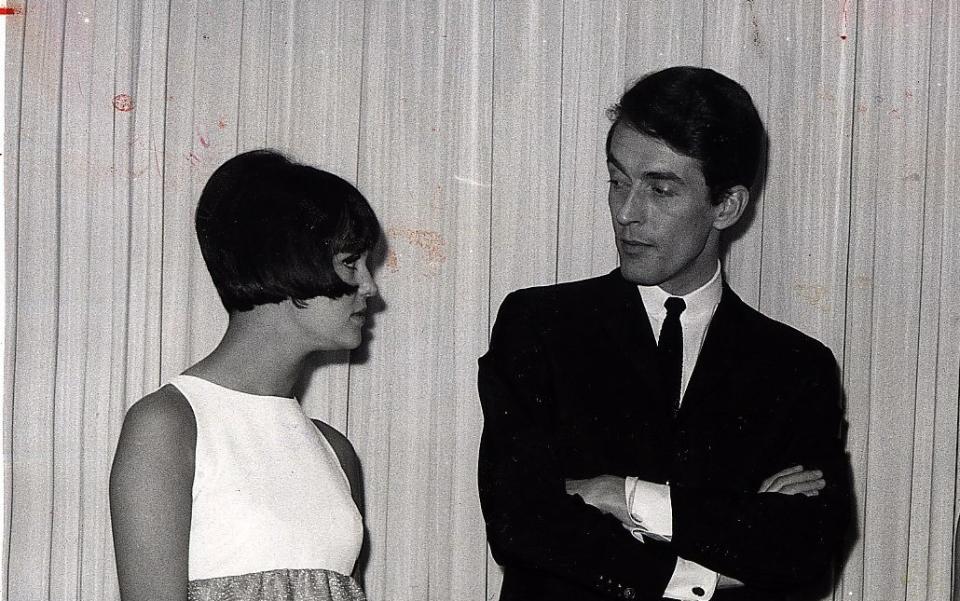
John Bates, who has died aged 87, rose to fame as the fashion designer Jean Varon and was acknowledged as one of the big names of British fashion in the 1960s and 1970s.
His initial clean, modernist style was shown to best effect in the costumes he designed for Diana Rigg in her first season of The Avengers in 1965. He was also sometimes credited with being the true inventor of the miniskirt (he claimed as much himself), and he was way ahead of the pack with his exposed midriffs, daring see-through mesh dresses and the use of then unfamiliar materials such as PVC.
As the Sixties turned into the Seventies his designs became frillier and more flamboyant. His Jean Varon label collection included maxi dresses with huge balloon sleeves, plunging necklines and bold prints, tiered gingham frocks, and floaty chiffon dresses that became known as “Margos” because they were worn by Penelope Keith in her role as Margo Leadbetter in the The Good Life.

His clients included celebrities such as Cilla Black (he designed the outfit she wore at her wedding to Bobby Willis in 1969), Siân Phillips, Elaine Stritch, Cleo Laine and Dusty Springfield.
Princess Margaret wore Jean Varon holidaying in Mustique, while Princess Alexandra bought from his more upmarket John Bates label, established in 1974, which featured pure silks and wools, and luxury embellishments such as appliqué, embroidery and beading. He designed Maggie Smith’s dress for the Neil Simon film California Suite (1978).
The middle of three sons of a miner, John Bates was born on January 11 1935 at Dinnington, near Newcastle, and realised from a young age that he was different from his brothers: “I was the one who didn’t like cricket or playing football with my father. I used to sit and read books.”
Initially he wanted to be a newspaper reporter, and he learnt shorthand at Gregg’s shorthand school, Jesmond. When he could not get a job at the local newspaper he moved to London, where he did National Service in the War Office.
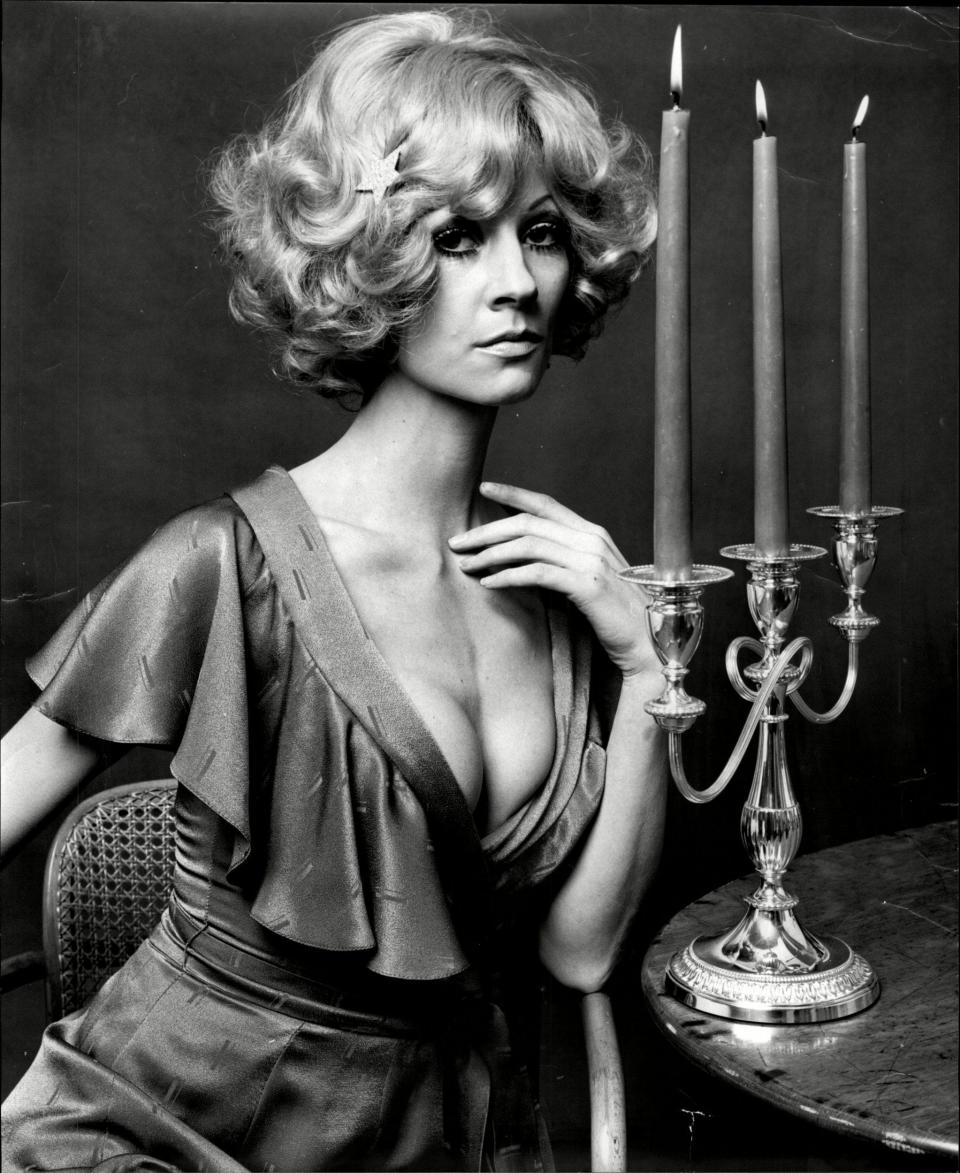
Bates was not sure what he wanted to do afterwards but when he told a friend how he had quite enjoyed sketching clothes for his mother when he was a boy, the friend took some of his sketches to the couturier Herbert Sidon of Sloane Street, who agreed to take him on.
Though Sidon was “a pretty frightening guy to work for [who] often lost his temper”, he had a French designer who designed for most of the ready-to-wear houses in Paris: “We just sat in the same room and talked and sketched all the time which was lovely, because then you get a French attitude to your designs.”
After two years Bates decided to try his luck elsewhere and touted his sketches round fashion wholesalers, only to find that they all wanted cutters; Sidon had not taught him how to cut.
He ended up at a company which made clothes for C&A, where he was expected to design and cut dresses out of only a yard or so of fabric. He could not do it, and in his spare time he worked behind the scenes on his own designs.
“I used eight metres of fabric for each dress... I showed them the dresses and said I was leaving. They probably would have fired me straight after anyway.”
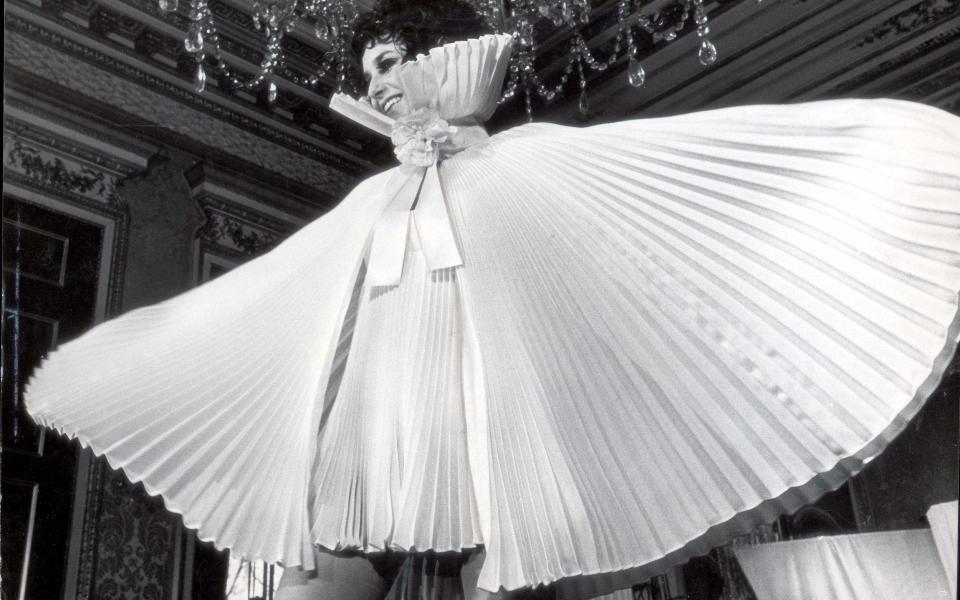
His luck changed when, walking down Edgware Road, he was waylaid by a couple of Irish businessmen driving past in a car.
They had put up the money for Sidon to set up a boutique, but as Bates recalled: “They suddenly realised that when they gave him the money, he was spending it on himself... So he wasn’t making anything for the boutique. They came looking for me because I had been trained there.
“They ran after me and said ‘We’ve been looking all over for you, we would like to set up a boutique because it’s all fallen through with Herbert Sidon, are you interested?’”
The result was a new fashion label which Bates decided to call Jean Varon because at the time an English name was not considered elegant enough.
It was launched in 1959 from a small house off Bond Street with the aim of producing designs that a secretary could afford and teenage girls would want to wear.
His earliest designs were elegant and simple Empire line frocks, made in numerous vivid colour ranges. He also started designing dresses and skirts that ended just above the knee – only to find that London stores would not touch them unless he lengthened the hemlines.
But his designs caught the eye of a buyer from Wallis who went on to order his entire collection. It caused a sensation: “Most girls had their mothers buying them something to wear. The girls were thinking ‘Oh! I’m looking like my bloody mother, now! I want something different,’ so when the skirts hit the shops the mini-skirts were suddenly being scooped up.”
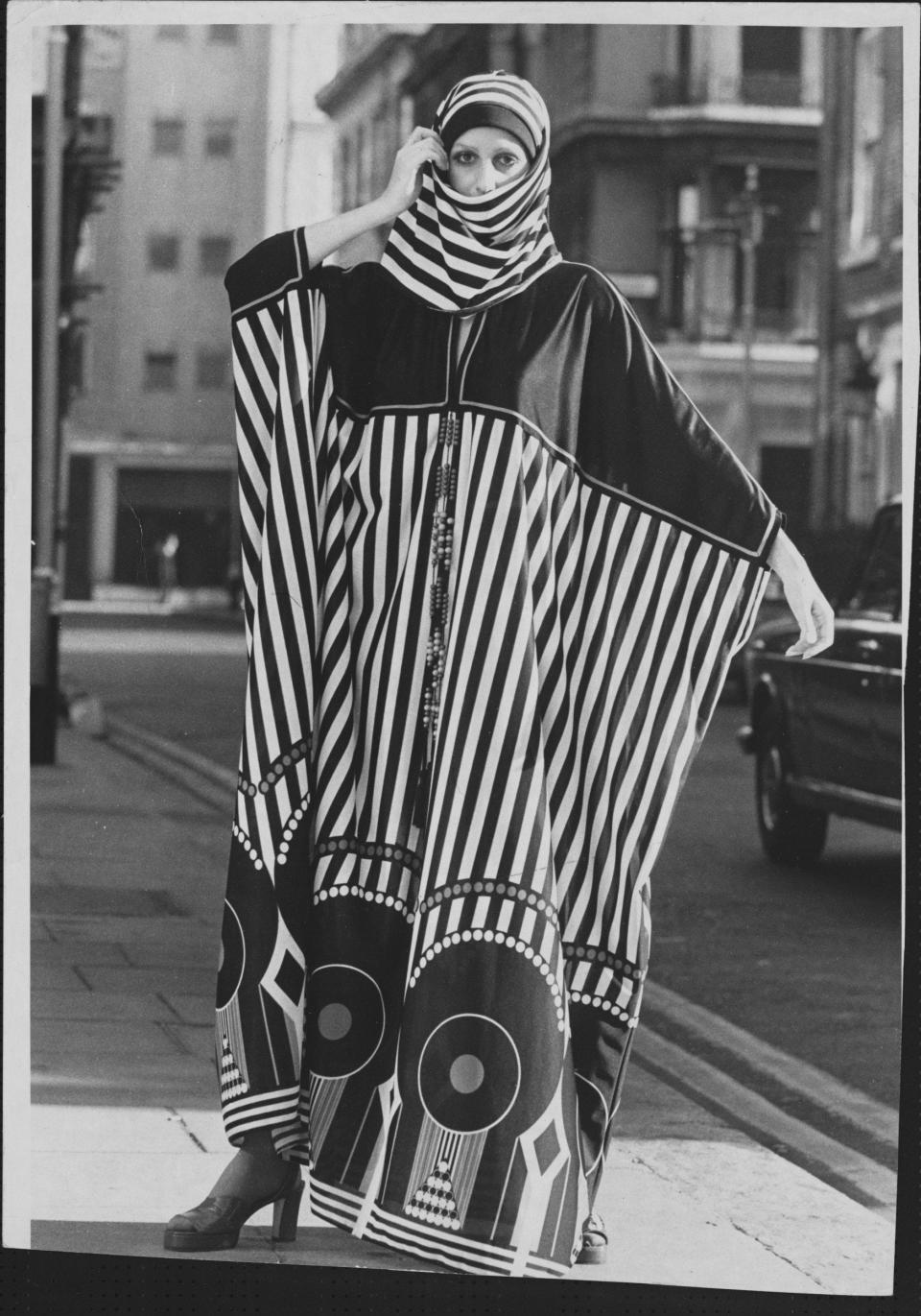
His designs were soon being featured in magazines and newspaper fashion pages, and Wallis gave him his own line in the stores – John Bates at Wallis. There followed concessions in Harrods and Harvey Nichols.
In 1965 an editor from Queen magazine, who had been asked to organise a series of “action woman” costumes for the upcoming season of The Avengers TV series, came bursting into his office.
“They’d asked Jean Muir to do it first. But for some reason or another she hadn’t been able to come up with any sketches ... They were due to start filming in a week. I hadn’t seen Diana Rigg before, She came into the room, she was tall but didn’t have a skinny model figure. I looked at her and I thought ‘Hmm, needs to lose weight’.”
He told her so: “I wanted to put her into little bra tops and hipster trousers. To give her her due, she did [slim down]. She was wonderful – I liked her. She wasn’t made up, she was natural.”
His designs – most memorably the slinky catsuits – worn by the actress for her role as Emma Peel in The Avengers, brought Bates worldwide recognition, and in a brilliant marketing move he produced a collection of Avengers-inspired clothes available in shops as the programmes were screened.
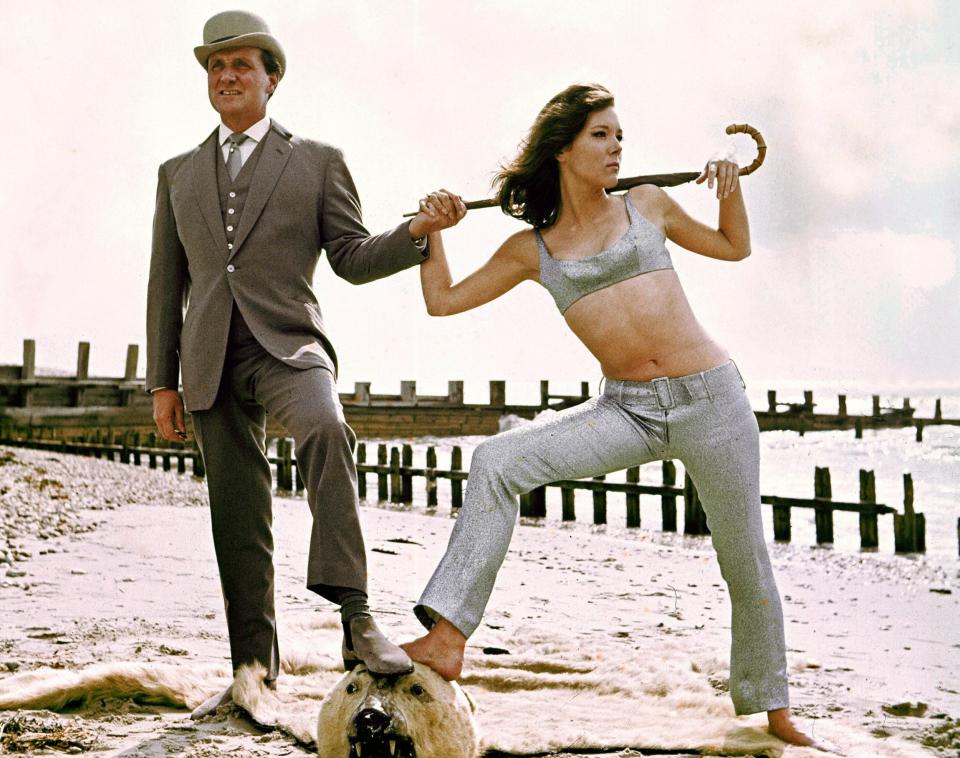
He only designed the clothes for Diana Rigg's first season in the series, however, as he found working for television something of a trial. “One day the studio rang up and said ‘Can we have Miss Rigg’s costume?’
“I said, ‘You’ve had it’, and they said, ‘Oh no, that went on the stuntman. We’ve done all the stunts and everything is ripped to pieces’.”
In 1966 the front page of an edition of The Sunday Times Magazine featured a photograph of a pair of legs marked with the names of British and French designers according to how far up the leg their skirts went. Bates’s name was at the top.
“Mine was the shortest skirt of anybody around,” Bates told an interviewer in 2006. “Mary Quant takes the credit for it and it was not true.”
As Bates became more successful he created other labels – a Capricorn range of coats and suits, a rainwear label, and in 1974 his John Bates label for haute couture.
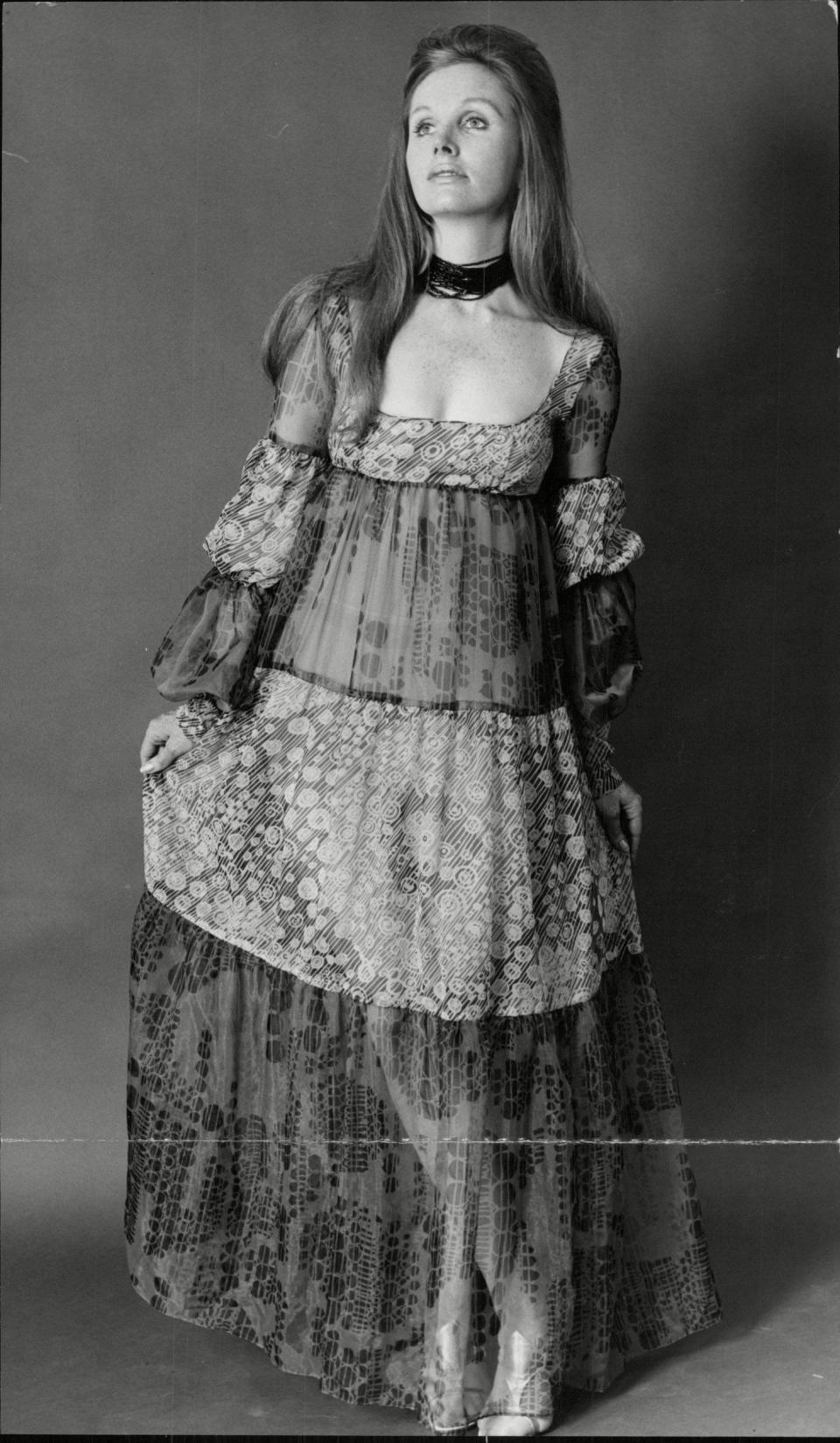
During the 1970s his floaty, comfortable maxi-dresses were a must on the dinner-party circuit, though he observed that Penelope Keith’s pushy social climber Margo “never knew how to wear my dresses. Her hair was always wrong and she had the wrong accessories.”
By the early 1980s, however, Bates’s own label had fallen into bankruptcy and he decided to leave the mainstream fashion world. Another designer, Tom Bowker, took on the Varon label.
Bates was a shy man and not a natural habitué of the cocktail party circuit, but he was kind and generous to young designers. He retired to Wales, where he began to paint, mostly portraits, showing his work at exhibitions.
Examples of his fashion designs are held by the Victoria and Albert Museum and the Museum of Costume in Bath, which held a major retrospective of his work in 2006.
His designs are also much sought after by vintage fashion enthusiasts, his 1970s maxi-dresses fetching hundreds of pounds.
Bates is survived by his partner, John Siggins.
John Bates, born January 11 1935, died June 5 2022

 Yahoo News
Yahoo News 